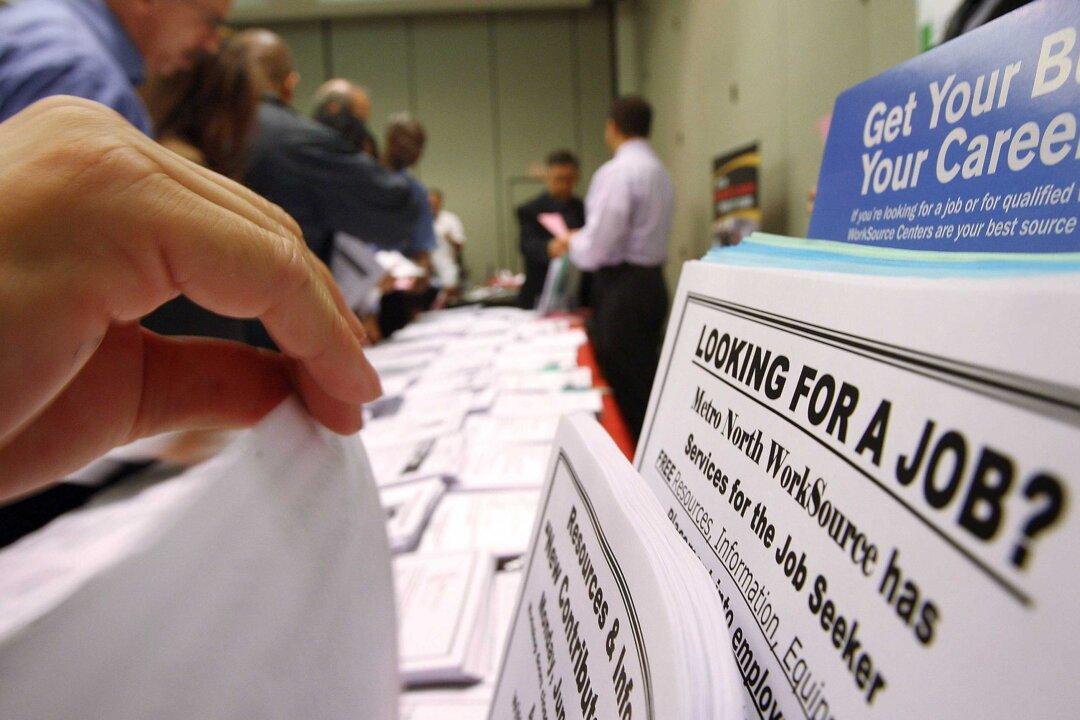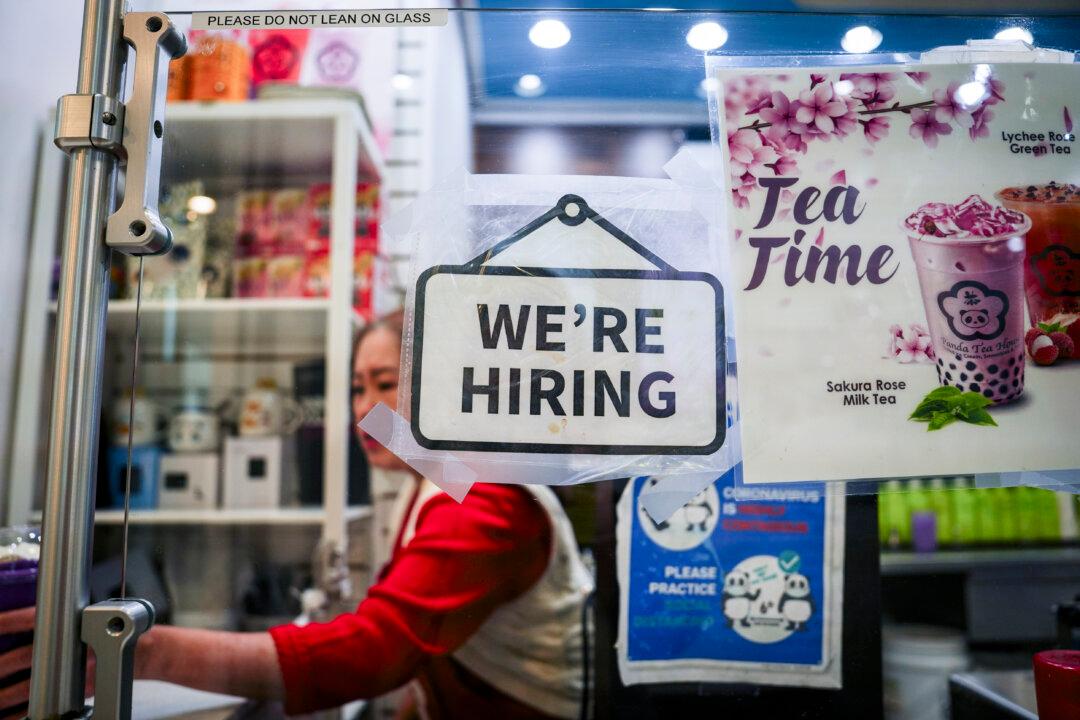Weekly unemployment claims climbed to their highest level in more than a year as the economy began to feel the economic fallout of Hurricane Helene.
For the week ending on Oct. 5, initial jobless claims surged by 33,000 to 258,000, the highest number since the beginning of August 2023, according to new Department of Labor data.





